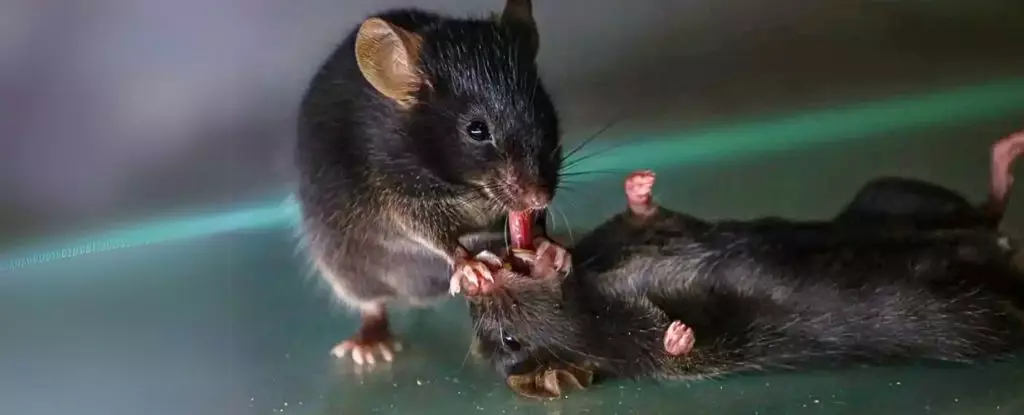The recent study highlighting the compassionate behaviors of ‘bystander’ mice marks a significant step in understanding the evolutionary roots of altruism within the mammalian lineage. As researchers delve deeper into the social behaviors of various animals, these findings reveal parallels between rodent interactions and the altruistic tendencies exhibited in larger mammals, such as elephants and dolphins. The innate desire to assist those in distress appears to stem from a biological imperative, suggesting that the instinct to help may be more widespread across different species than previously thought.
This exploration raises profound questions about the nature of empathy and social bonds among animals. With this study, scientists aim to shed light on the neural mechanisms driving these behaviors, as they examine the difference between mere curiosity and genuine efforts to aid companions in peril.
Researchers from the University of Southern California, led by Wenjian Sun, meticulously designed a series of experiments to observe the reactions of conscious mice when confronted with unconscious or immobilized peers. The results were nothing short of impressive. Approximately 50% of the observing mice engaged in attempts to revive their incapacitated friends by employing a tongue-pulling technique to clear airways—an act reminiscent of more conscious first aid efforts seen in humans.
This analysis not only emphasizes the complexity of mouse interactions but also suggests a sophisticated level of cognition in these seemingly simple creatures. The study considered factors such as familiarity; notably, the observing mice were more likely to attempt resuscitation on companions they recognized as opposed to strangers. Such behavior indicates the presence of a more intricate decision-making process rather than a simple reflex action, highlighting a deeper social awareness among the animals.
A particularly compelling aspect of this study was the identification of brain activity associated with life-saving behaviors. As the researchers observed, a specific neural circuit, particularly in the medial amygdala, became active when conscious mice encountered unresponsive peers. This finding sets a foundation for understanding the underlying mechanisms that drive empathy-related behaviors.
Previous studies identified a connection between the medial amygdala and social bonding, paving the way for hypotheses about the evolutionary significance of these responses. Increased oxytocin levels in certain brain regions further support the notion that social and caregiving behaviors may be biologically ingrained, functioning on similar hormonal and neurochemical frameworks across mammalian species.
The implications of these findings extend beyond the realm of animal behavior. By uncovering the biological underpinnings of sympathetic actions such as those exhibited by the ‘bystander’ mice, researchers can start to piece together the intricacies of empathy as a fundamental component of social interaction, potentially illuminating the roots of human compassion.
Moreover, understanding how these behaviors manifest in smaller mammals could prompt further research into the evolutionary advantages of cooperative interactions. It opens a dialogue on how such traits may influence survival, social structures, and even evolutionary trajectories in mammals.
As scientists strive to explore the enigmatic nature of compassion and care in the animal kingdom, studies like the one focused on bystander mice serve as a pivotal cornerstone. They prompt an examination of fundamental questions: Is the inclination to help others merely instinctual, or is it indicative of a complex social fabric that binds even the smallest creatures?
Further investigations will undoubtedly expand our comprehension of these intrinsic behaviors, revealing layers of interspecies relationships that echo through the evolutionary narrative. While the dynamics of rodent interactions may differ significantly from those of humans, understanding these connections enriches our appreciation for the natural world and its myriad manifestations of cooperation, empathy, and compassion.

Leave a Reply